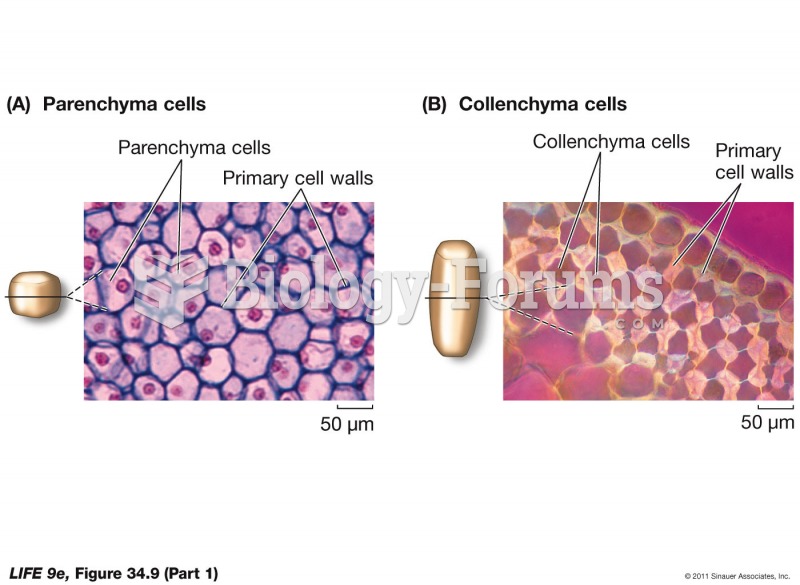|
|
|
The ratio of hydrogen atoms to oxygen in water (H2O) is 2:1.
Urine turns bright yellow if larger than normal amounts of certain substances are consumed; one of these substances is asparagus.
People often find it difficult to accept the idea that bacteria can be beneficial and improve health. Lactic acid bacteria are good, and when eaten, these bacteria improve health and increase longevity. These bacteria included in foods such as yogurt.
Though methadone is often used to treat dependency on other opioids, the drug itself can be abused. Crushing or snorting methadone can achieve the opiate "rush" desired by addicts. Improper use such as these can lead to a dangerous dependency on methadone. This drug now accounts for nearly one-third of opioid-related deaths.
Bacteria have flourished on the earth for over three billion years. They were the first life forms on the planet.






